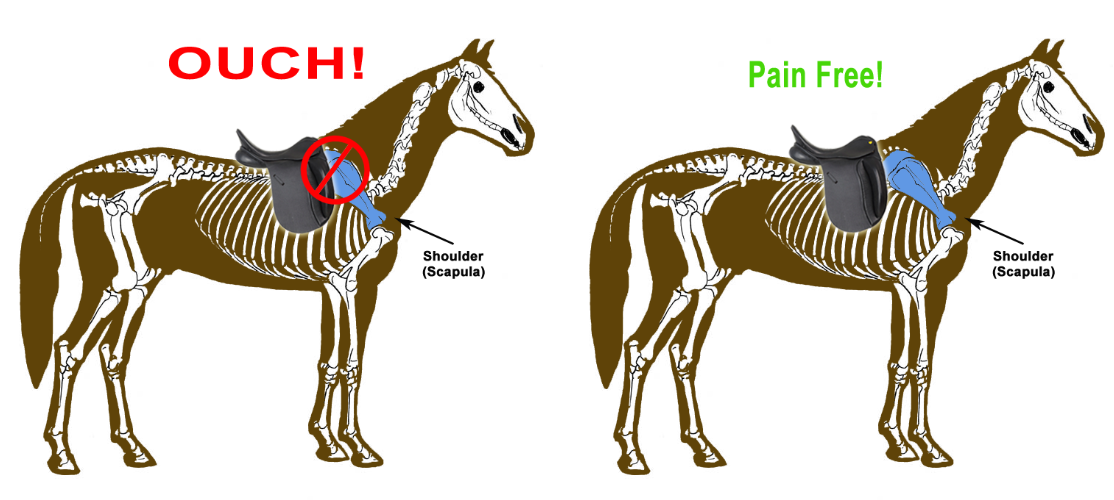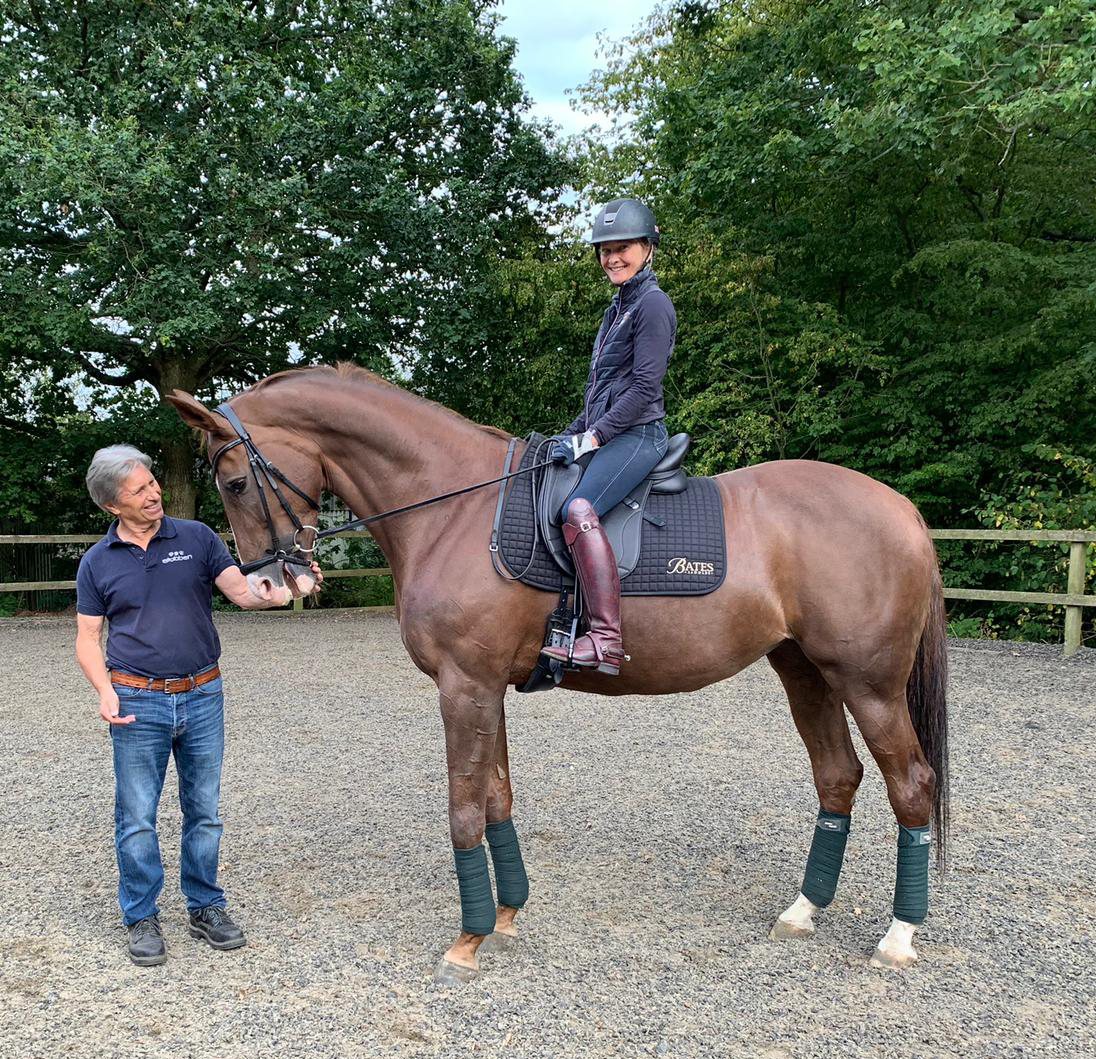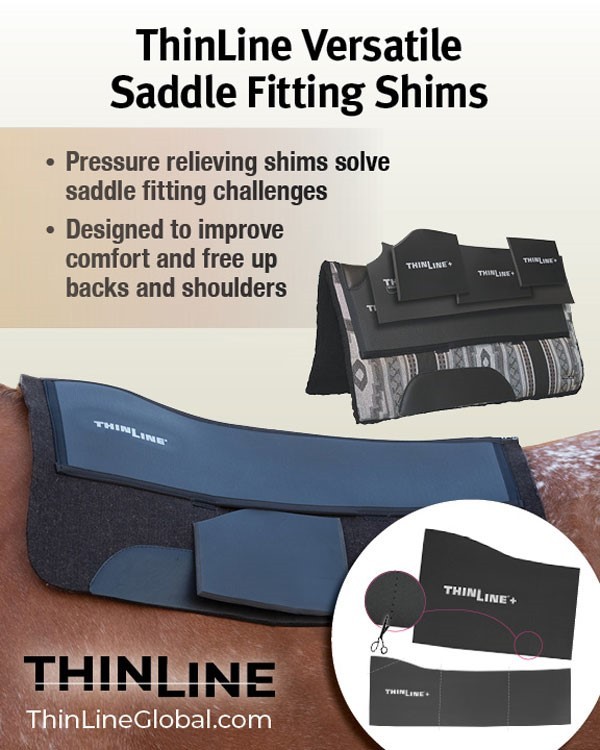Saddle Fitting: Ensuring Comfort for Horse and Rider

Saddle fitting is a crucial aspect of equestrian care that directly impacts the comfort, performance, and health of both horse and rider. A well-fitted saddle ensures proper weight distribution, prevents injury, and enhances the riding experience. This article explores the essentials of saddle fitting, common issues, and practical tips to achieve the perfect fit.
Why Saddle Fitting Matters

Proper saddle fitting is essential because an ill-fitting saddle can cause discomfort, pain, and even long-term damage to the horse’s back and the rider’s posture. It affects the horse’s movement and can lead to behavioral problems due to discomfort.
Key Components of Saddle Fit
| Component | Description |
|---|---|
| Tree | The frame of the saddle that determines its shape and size. |
| Gullet | The channel under the saddle that sits over the horse’s spine, needing adequate clearance. |
| Panels | The padded sections that rest on the horse’s back, distributing the rider’s weight evenly. |
| Seat | The part where the rider sits, which should be comfortable and appropriately sized. |
| Stirrup Bars | Attachments for stirrup leathers, positioned for rider balance and comfort. |
Signs of a Poor Saddle Fit
- Uneven sweat patterns on the horse’s back
- Sore spots or hair loss
- Resistance or behavioral changes during riding
- Pressure points or pinching
- Rider discomfort or numbness
How to Check Saddle Fit
- Visual Inspection: Look for even contact and clearance over the withers.
- Palpation: Feel for pressure points or unevenness under the panels.
- Movement Test: Observe the horse’s movement with and without the saddle.
- Professional Assessment: Consult a qualified saddle fitter for precise evaluation.
Tips for Ensuring a Good Fit
- Regularly check the saddle fit as the horse’s shape can change over time.
- Use saddle pads designed to improve fit and comfort.
- Avoid using a saddle that is too tight or too loose.
- Consider custom saddles for horses with unique conformations.
Frequently Asked Questions (FAQ)
Q1: How often should I have my saddle checked?
A: Ideally, saddle fit should be assessed at least twice a year or whenever you notice discomfort.
Q2: Can a saddle be adjusted if it doesn’t fit perfectly?
A: Some saddles can be adjusted by a professional, but others may require replacement.
Q3: What are the risks of riding with a poorly fitted saddle?
A: Risks include back pain, muscle damage, behavioral issues, and poor riding posture.
Conclusion
Ensuring a proper saddle fit is vital for the well-being of both horse and rider. Regular checks, professional fittings, and attention to signs of discomfort can help maintain a healthy and enjoyable riding experience.
This article structure uses tables, lists, and FAQs to enhance readability and SEO effectiveness, providing a thorough guide on saddle fitting.
